Plantain, Che-qian (Plantago asiatica), packet of 50 seeds, organic
$3.95
Family: Plantain (Plantaginaceae)
Hardy to Zones 3 to 10
Herbaceous perennial native to China. Similar to our common western broadleaf plantain (Plantago major) but with slightly serrated leaf margins and a more open and upright growth habit. The leaves are spinach-ey in texture, and especially when harvested during the cool months of the year, rate high in edibility, with little of the typical overwhelming tannic reaction of P. major. Produces copious quantities of seed on full, upright branches. The seed is official to the Chinese pharmacopoeia. Seed gathered on my trip to Kunming and introduced successfully into organic culture here in Oregon. Plant prefers full sun to part shade, moist garden soils or potted culture. Press small seeds into surface of potting soil and keep evenly moist until germination, which is rapid. Space plants 6 inches to 1 foot apart.
50 seeds/pkt., Certified Organically Grown
In stock

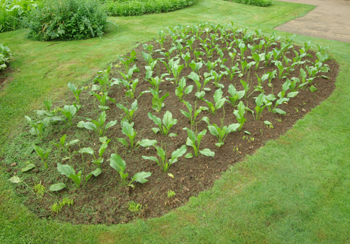

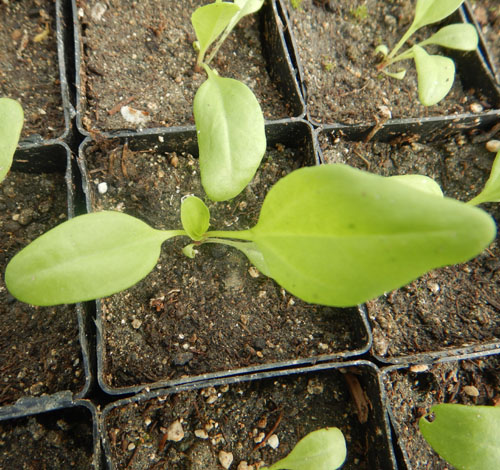
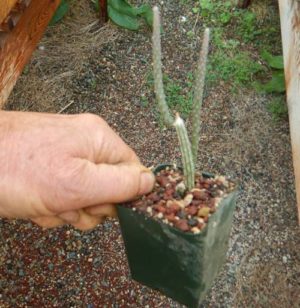
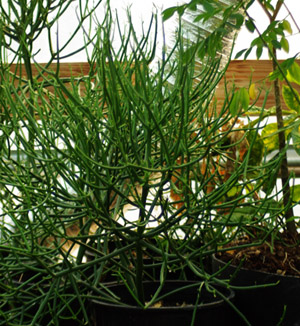

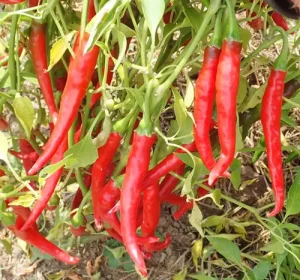
Olivia Ling, Ka’u, Hawaii island. –
Works very well on my healing salves. But not sure if it’s Asian or Turkish plantain.
Upvote if this was helpful (0) Downvote if this was not helpful (0) Watch Unwatch Flag for removal
Question
Sharon Priest-Nagata –
would plantago asiatica be a good choice to planting into a new pasture, along with your chicory? Would I be better off planting leys or scattering? I am engaged in a remedial project on our farm in north central BC – previous owners were able to annex Indigenous land (so-called crown land) by “developing” 400 acres. Essentially they had it clear cut. Now I am spreading out some of the old logging slash piles where wood is rotted down and mixed with topsoil that was present in a 1990’s cedar-hemlock forest. Area was clear cut supposedly to graze cattle but was never planted. Topsoil was scraped up into these slash piles at the time according to an elderly neighbour. Today the piles are covered in brush and young birch trees – am flattening some piles and spreading the soil but leaving other piles for shade and biodiversity. Have planted a standard pasture mix just to offer some cover for the soil before the winter – planning forage oats in spring to fix nitrogen. My vision is that these areas (and more as I can afford to pay for the machine and operator) will be grass and herbal/wildflower mix – looking for species that are edible and medicinal for cattle and horses to freely choose, and also species with long taproots as our area is rapidly becoming drier. Supplemental to their foraging. The cattle I have are Dexters, small, agile and hardy.
Upvote if this was helpful (1) Downvote if this was not helpful (0) Watch Unwatch Flag for removal
Richo Cech –
Hi Sharon,
We can certainly relate to this scenario, and as you have done, now is a good time to be thinking about covercrops. 50 seeds of plantago asiatica won’t go very far in this scenario–my recommendation would be to get a pound of “hayflower” and sprinkle that on some of your prepared areas, rake it in and tamp. That will supply much more diversity for the creatures and the Dexters, and the appropriate species will reproduce and spread out. Forage oats doesn’t fix nitrogen but is a good source of carbon. You can plant the oats/peas mix for n sequestration. Yes, you’re cold up there, best as an early spring planting. Yes, the folks who take care of the land and plant covers that provide a cool moisture-retentive blanket are those who suffer less from. . . fire.
Richo
Upvote if this was helpful (1) Downvote if this was not helpful (0) Flag for removal